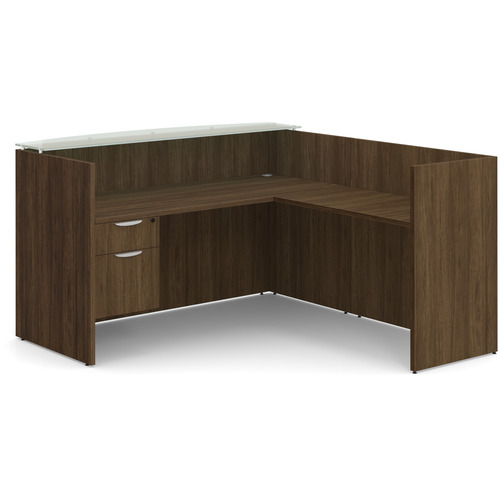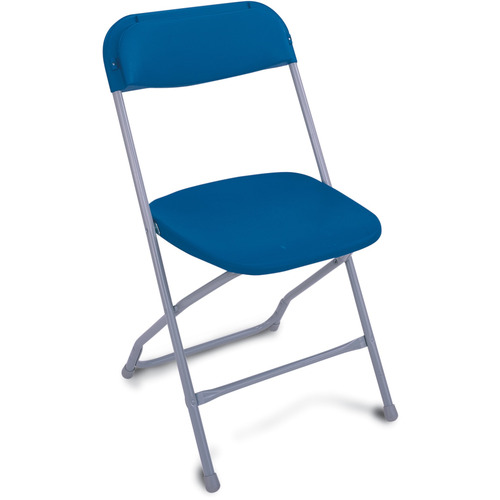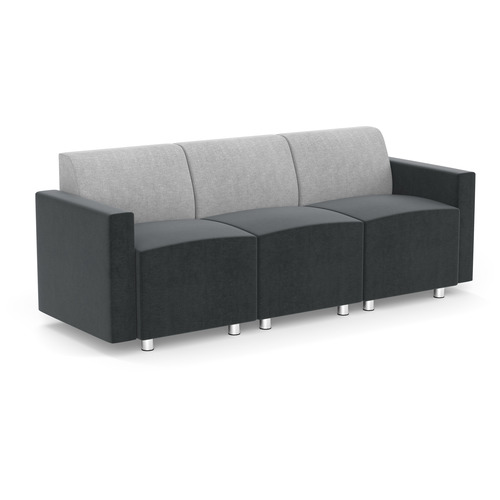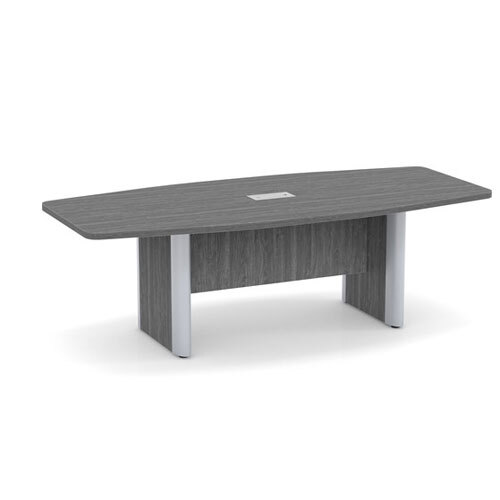Create a Quiet/Private Space in the Office
Create a Quiet/Private Space in the Office
The world is a noisy place. The spaces we share at work are no exception. But shouldn’t we be immune to it? Can’t we just tune out things we don’t want to listen to? Nope. There are good reasons to care about office noise levels — and ways to reduce them.
Why Noise Matters
Noise is a stressor. Our bodies respond to loud sounds and prolonged racket at the deepest levels. Our blood pressure goes up and even our trusty old heart rhythm is affected. If the noise is loud enough, stress hormone levels rise and hypertension increases, leading to mental and physical fatigue.
Noise reduces productivity. Concentration becomes harder when other conversations occur nearby, in part because our brain naturally engages with words it hears. That distraction takes away from our ability to concentrate on our own inner voice, making it harder to get, and to stay, focused.
Noise can affect ergonomics. Workers exposed to prolonged noise (think open plan and shared workspaces) are more susceptible to slouching and are less likely to correct bad posture. Unhealthy body position, overall, can lead to general discomfort and potential back and shoulder problems.
Noise costs. If we add up increased stress, lower productivity, and compromised physical health resulting from poor ergonomics, the final tally isn’t good for employers. Physical ailments add up to higher medical bills, and employee mental health takes a hit in the bargain.
Make the Workplace More Ear-friendly
Space planning. The easiest time to make an office quieter is at the very start, so begin with space planning. Stagger doorways so noise isn’t travelling from one cubicle into another, and create noisy and quiet work zones with some space in between. Also, increase wall height, add padding, or consider acoustical tiles to absorb excess sound.
If you’re already settled, these options will help you to secure some peace and quiet.
Use dedicated quiet space. Some companies build designated “work sanctuaries” right into the office layout. Your office doesn’t have them? Use an empty conference or meeting room (preferably with a door) to get away from the buzz. Consider booking the room for a set period of time to ensure you can work uninterrupted.
Noise-cancelling headphones. If you can’t stop the noise around you, at least stop it from reaching you. Noise-cancelling headphones create a sound wave that neutralizes the ones coming from other sources. It’s a little bubble of quiet bliss. Economical and nearly as effective are white noise apps and websites that let you play white noise interference through your regular ear buds, for free or close to it.
Accessorize. Besides looking great and improving your health, plants absorb sound. The bigger the plant, the better the impact.
Seating Helps. Indulge in soft seating. Upholstered office seating in your work and reception areas helps with noise reduction and creates an inviting space.
Go Wall-to-Wall. Soundproof walls and ceilings. Office partitions and panel systems that use fabric or acoustical tiles absorb excess sound. Corkboards are also a great DIY option that cuts down on echo — and gives you a place for your favourite photos.
Step on Noise. Carpet bare floors. Adding carpets to wood, tile, or stone floors eliminates echoes and cuts down on the noise from rolling chair castors.
We can always use more ways to feel better in the office, so consider these tricks for reducing audio clutter. Then bring your plan to Source for help designing your (sshh…quiet) space.













































